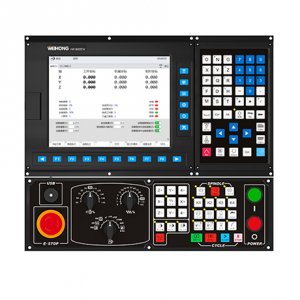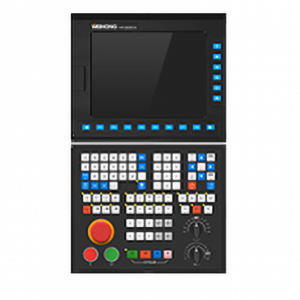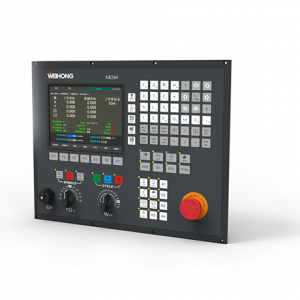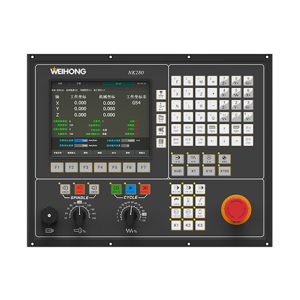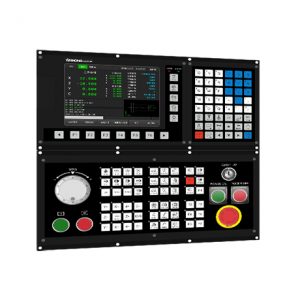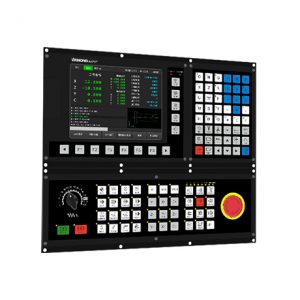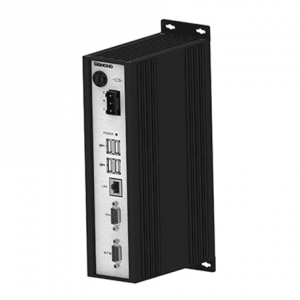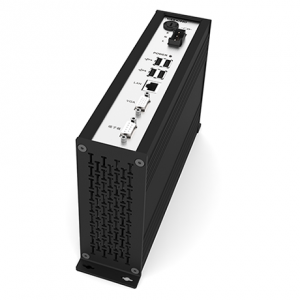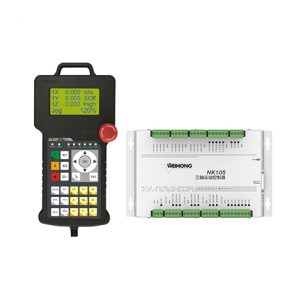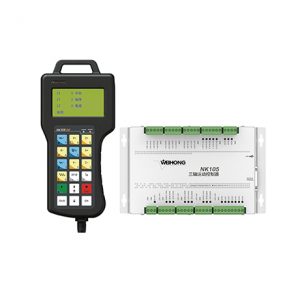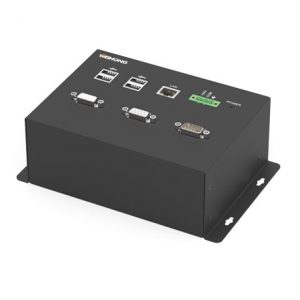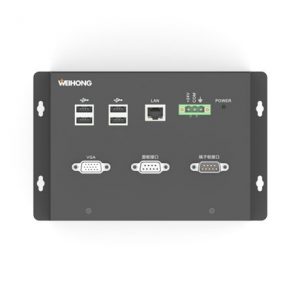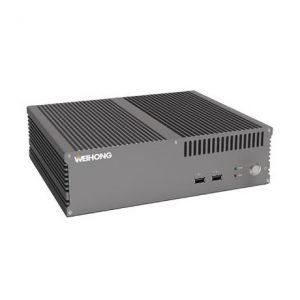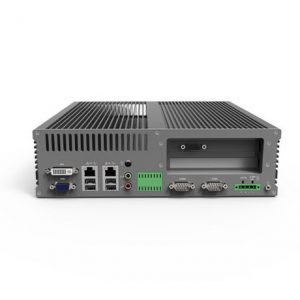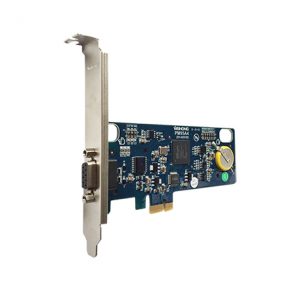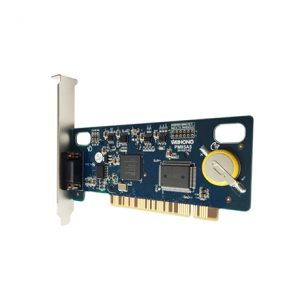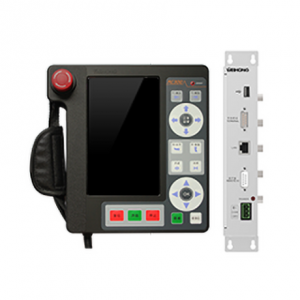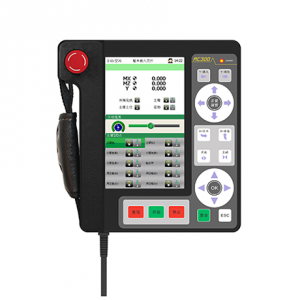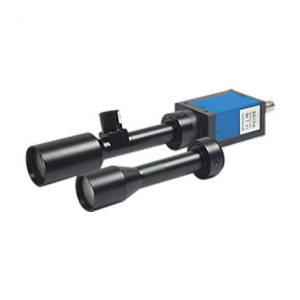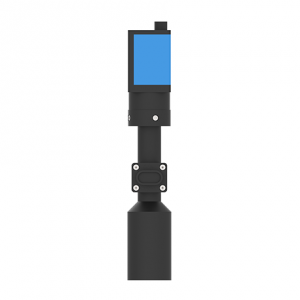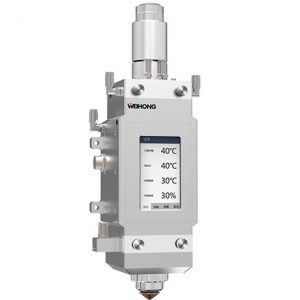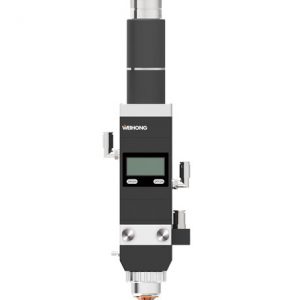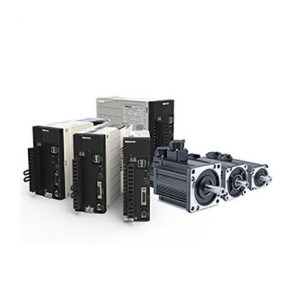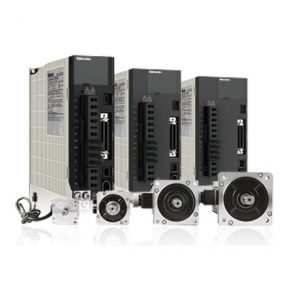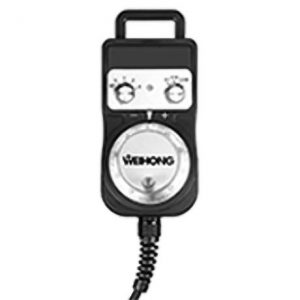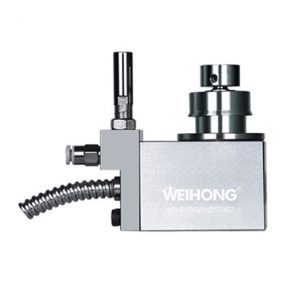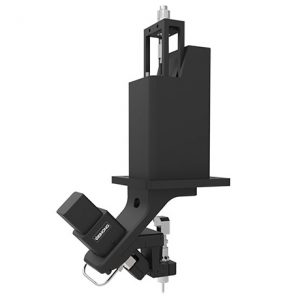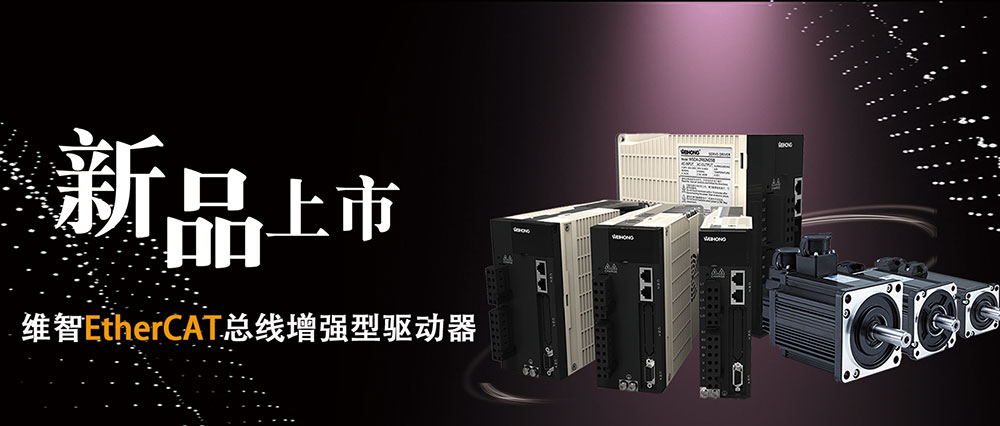Tin Tức
Wisdom EtherCAT Bus Enhanced Driver for Laser Cutting
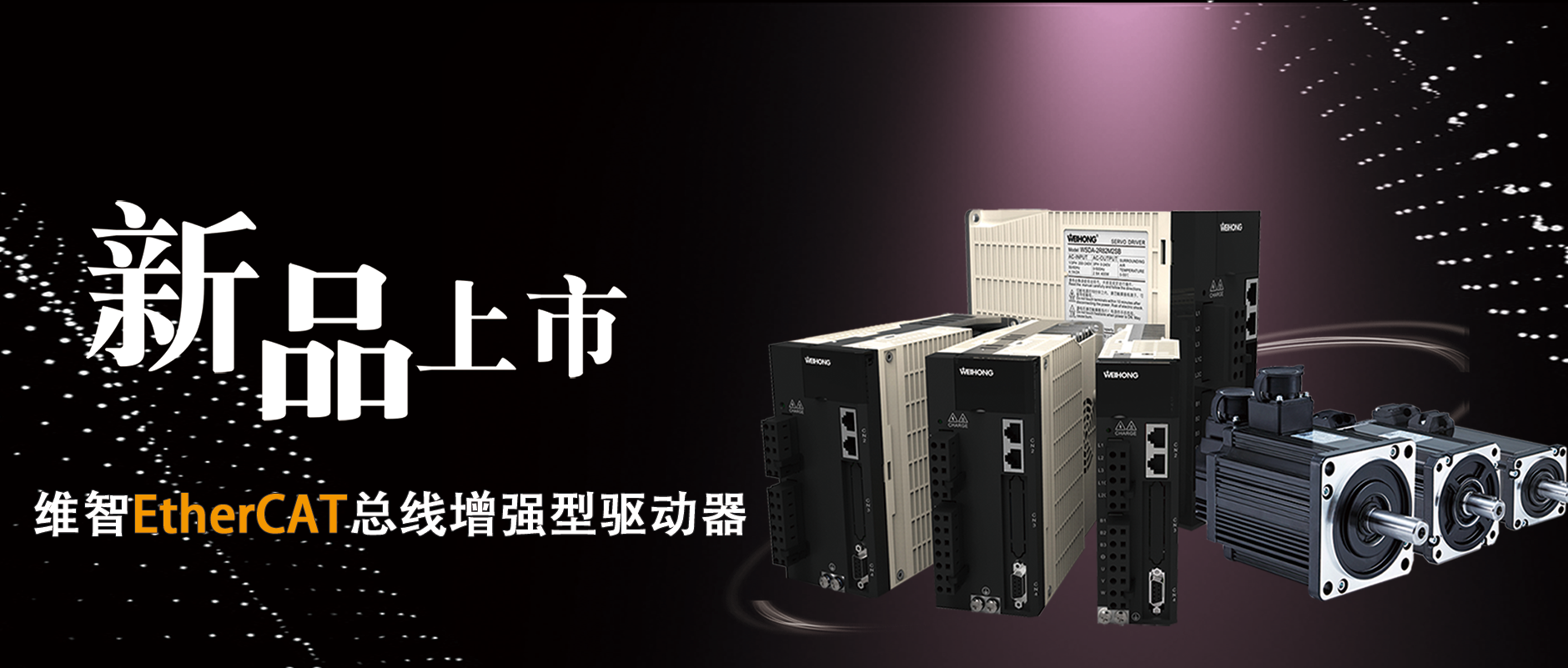
Weihong EtherCAT bus enhanced driver was developed on the original WSDA series general-purpose driver, and optimized the communication speed and motor control performance.
I. Communication speed has been greatly improved
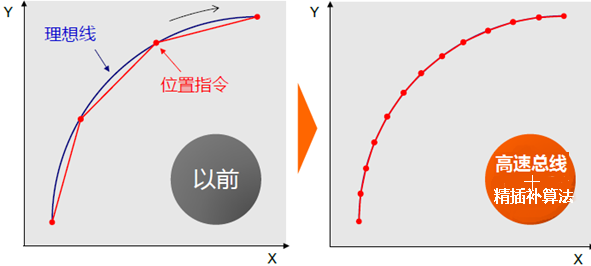
The communication speed reaches 100 Mbps, and each axis has accurate synchronization performance (<< 1us).
Second, the drive algorithm upgrades the
motor cogging compensation algorithm
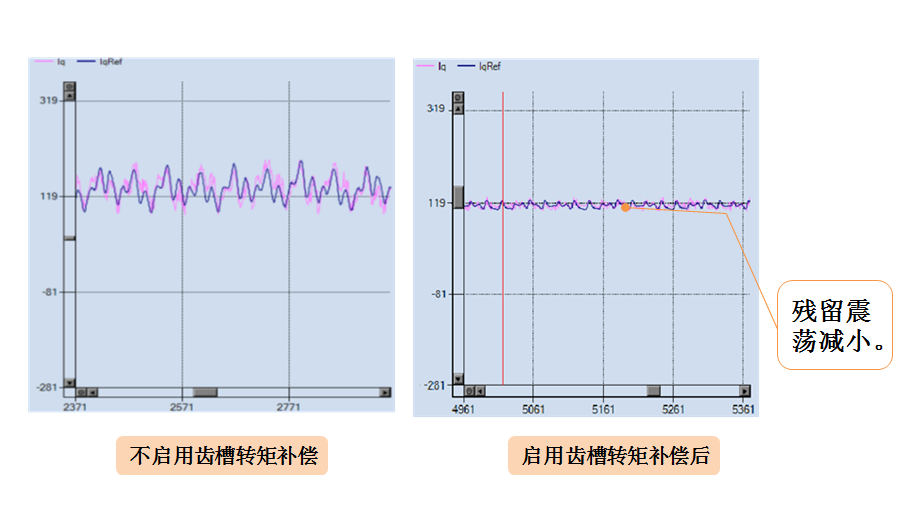
Fast compensation algorithm for external disturbance
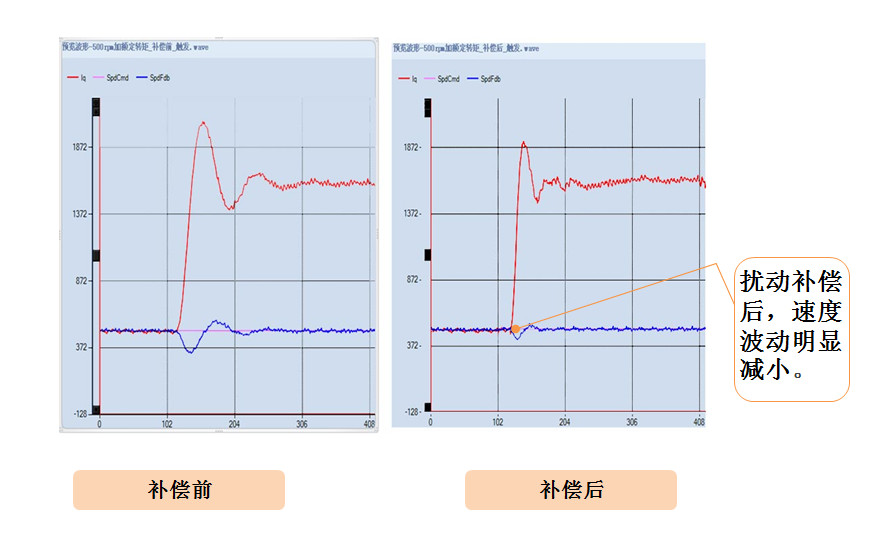
So how effective is the WiMAX EtherCAT bus enhanced driver after the performance upgrade in the processing process?

Weihong provides a complete set of solutions in the laser cutting industry, including control systems, laser cutting heads and Wisdom servo drives.
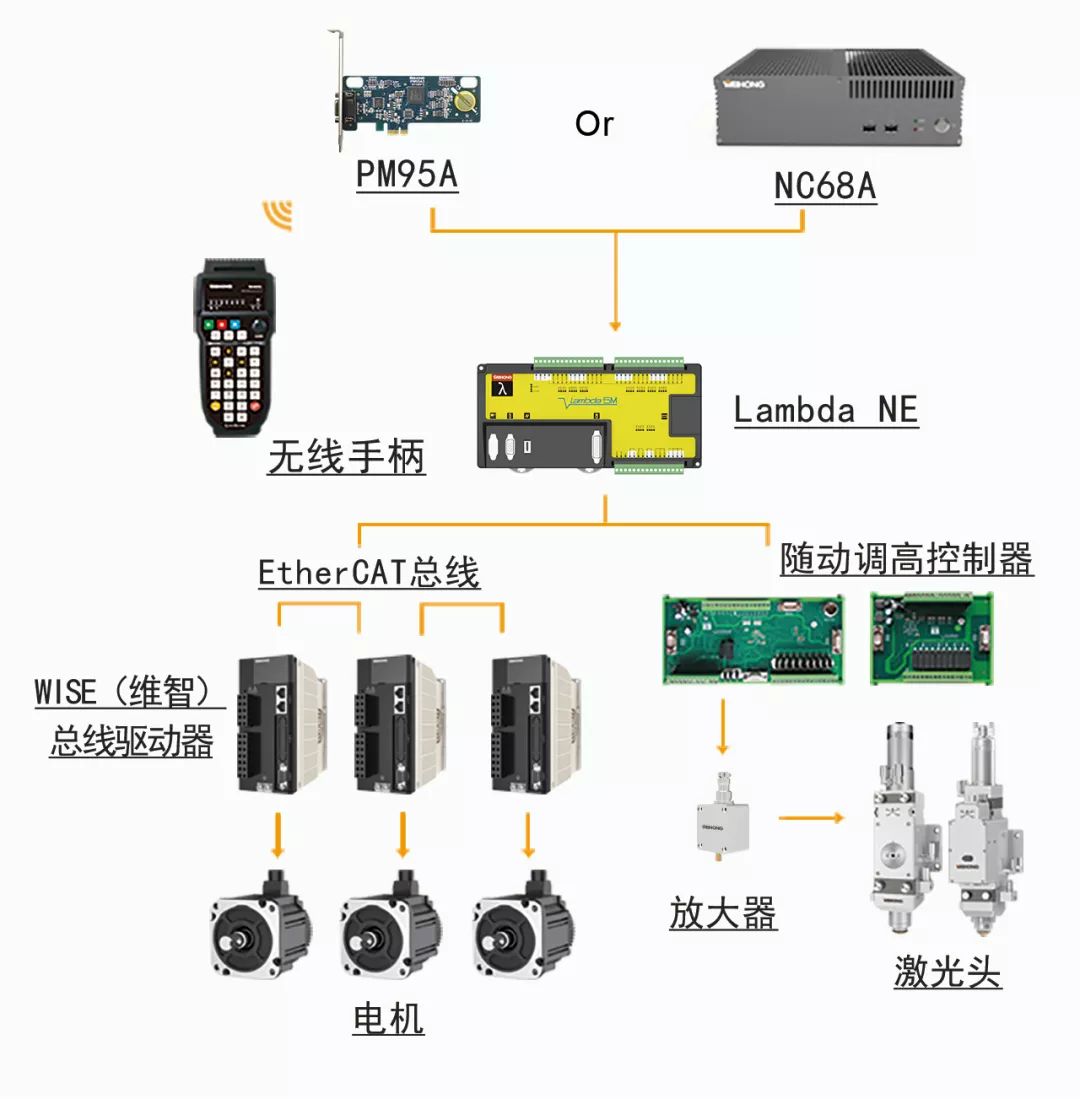
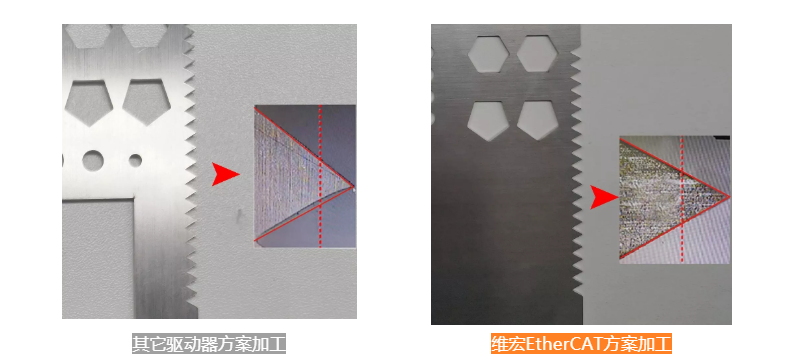
Aiming at the contour deformation problem in this case, firstly collect the machining trajectory of the driver:
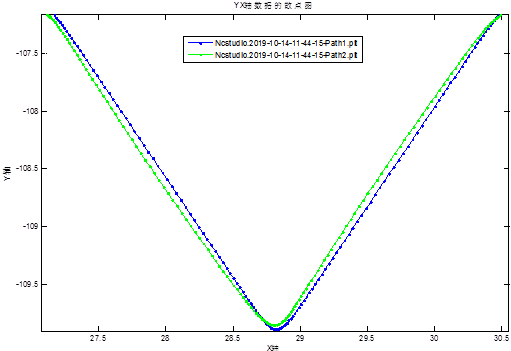
For the problem of collecting data feedback, Weizhi EtherCAT bus enhanced driver can be targeted to solve the problem.
Top1:
Due to the differences in mechanical materials and installation, the mechanical internal stress and static friction of each drive shaft on the device may be inconsistent. If the trajectory interpolation in the device is used to control the internal stress or static friction of one of the two axes, the servo torque will be consumed to a certain extent, which will cause this axis to slow down and cause deformation of the machining contour. The idea to solve such problems is mainly to let the servo motor output a part of the torque to offset various internal and external forces acting on the shaft. In the face of such problems, it is generally appropriate to increase the servo gain, but on some equipment, it is difficult to improve the system gain due to the low mechanical rigidity itself.
Weizhi EtherCAT bus enhanced driver enables external disturbance fast compensation function, which can alleviate such problems, thereby improving position deviation and reducing contour deformation.
Top2: The
biggest impact of mechanical resonance on the servo is that it cannot continue to improve the response of the servo motor, so that the overall operation of the equipment is in a relatively low response state.
If such problems occur, in addition to mechanical optimization, servo adjustment can be used to compensate. Wichi EtherCAT bus enhanced driver has two methods to achieve: one is to turn on the adaptive filter switch (Pr200 is set to 2), you can automatically de-resonate function, Wichi EtherCAT bus enhanced driver has two adaptive notches The filter can automatically suppress two resonance point frequencies at the same time; the other is to manually remove the resonance method. The mechanical resonance point frequency and intensity are tested by the FFT function in the iMotion debugging software and written into the first and second notch filters. Parameters. After the resonance problem is suppressed, the position and speed gain can generally continue to increase, thereby improving the response capability of the servo motor and reducing the position deviation.
Top3:
Another reason for the deformation of the contour is the influence of the cogging torque of the motor. Although this disturbance torque is small and can usually be ignored, when the speed is low and the two-axis path interpolation motion causes two axes The position deviation fluctuation between them will affect the contour of some details of the workpiece, such as the contour near the sharp corner in this case.
In response to this problem, the Wichi EtherCAT bus enhanced driver uses the motor cogging torque compensation function to automatically infer cogging torque and compensate.
After the above analysis and optimization of the gain parameters, the trajectory scatter plot is shown below, and it can be seen that the actual trajectory and the instruction have basically matched.
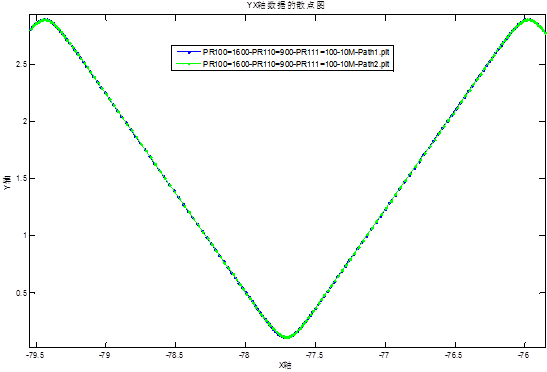
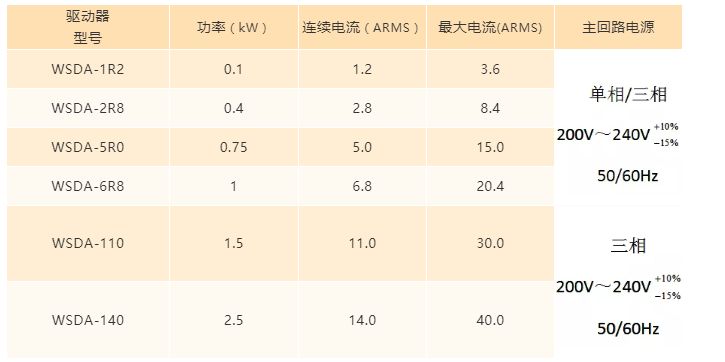
In addition to laser cutting industry, Wisdom EtherCAT bus enhanced driver can also be widely used in metal carving, 3C processing, water jet processing and other fields.

EtherCAT, as a high-performance, highly flexible, low-cost, easy-to-implement industrial Ethernet technology, was developed by Beckhoff, Germany, introduced to the market in 2003, and became an international standard in 2007. After its introduction to China in 2007, it developed rapidly and was included in the “Guide to the Construction of National Intelligent Manufacturing Standard System”.


